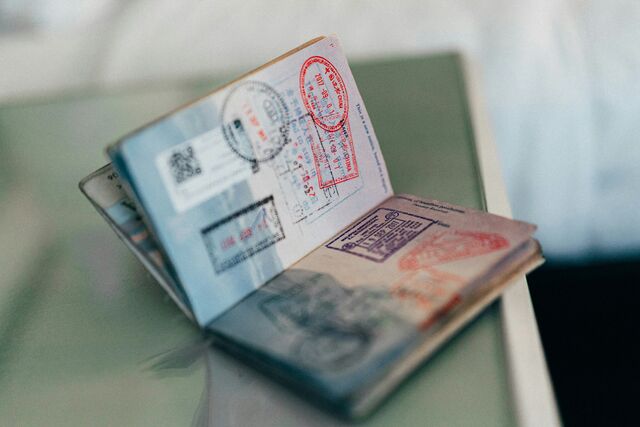How long can you stay in Europe? Schengen 90/180 rule explained
Planning a trip to Europe? If you’re a non‑EU traveller, the Schengen 90/180 rule determines how long you can stay without a visa. Misunderstanding this rule is one of the top causes of overstays, leading to fines or bans.
This guide explains the rule clearly, shows real‑life examples, and highlights the upcoming digital systems (EES & ETIAS) that will affect your travels.

What is the Schengen 90/180 rule?

The 90/180 rule allows you to stay in the Schengen Area for a maximum of 90 days within any 180‑day period. This is not a fixed window; it’s a rolling calculation.
Every day you’re in the Schengen Area; you must look back 180 days to ensure you haven’t exceeded the total limit.
Key points:
- Multiple entries are allowed, but days add up.
- Both entry and exit days count as full days.
- Layovers count toward your total stay.
How to calculate your Schengen visa days

Calculating your permitted stay can be tricky, particularly with multiple trips. The key is to count backwards from your planned date of departure:
- Start with the date you intend to leave the Schengen Area
- Count back 180 days from that date
- Add up every day you spend in the Schengen Area within that 180-day window
- Note that every calendar day you are physically present in a Schengen country (even if just for layover for a few hours) counts towards your 90 days
- Both entry and exit days count as full days
The total number of days must not exceed 90. The European Commission provides an official calculator to help you navigate the complexity of the rolling window.
Examples of the Schengen 90/180 Rule
Understanding the rule with a few practical examples can prevent a serious mistake.
- A single long stay: you enter the Schengen Area on 1 January and stay for 90 consecutive days. When you leave on 31 March, you have used up your entire 90-day allowance. You cannot re-enter the Schengen Area until 180 days have passed since your first entry date (around 29 June).
- Multiple short trips: you spend 30 days in the Schengen Area in March and another 30 days in May. You leave on 31 May. You still have 30 days remaining in your 180-day period. You can return for another short trip later in the year, as long as your total stay in any 180-day period does not exceed 90 days.
- The rolling window: you enter the Schengen Area on 1 July and stay for 60 days. You leave and return on 1 November. From your return date, you must look back 180 days to 5 May. Your 60-day stay from July and August counts towards your 90-day limit.
The impact of new digital systems
The rules are being modernised with new technology. Two key systems are being introduced:
- Entry/Exit System (EES): fully operational from October 2025, the EES is a digital system that will replace manual passport stamps. It automatically tracks your entry and exit dates, making it much harder to accidentally overstay your visa
- European Travel Information and Authorisation System (ETIAS): this system is expected to be implemented after the EES. It will require travellers from visa-exempt countries to get an electronic travel authorisation before their trip
These systems improve accuracy and prevent accidental overstays.
Consequences of overstaying
Overstaying the 90-day limit can have serious repercussions. You may face a fine or be banned from returning to the Schengen Area for a number of years. These penalties will be more strictly enforced with the new digital systems, with the EES keeping a record of anyone who has stayed longer than their permitted time. For more information on this topic, see our article on what happens if you overstay your Schengen Visa.
The 90/180 rule must be a vital part of your travel plan to the Schengen Area. Understanding it fully will ensure your trips are enjoyable – and compliant.
Travelling should be about experiences, not paperwork. If you need help preparing your visa application, our visa services comparison page can guide you to the right option.
FAQ
Q1: Can I reset my 90 days by leaving Schengen?
No. The 90/180 rule is a rolling calculation. Leaving Schengen doesn’t reset the count until enough days have passed.
Q2: Do layovers count toward my Schengen stay?
Yes. Even a short transit counts as a full day if you physically enter the Schengen Area.
Q3: How will EES affect travelers?
EES will automatically record entries/exits, making it easier to calculate your allowed stay, and harder to overstay without detection.